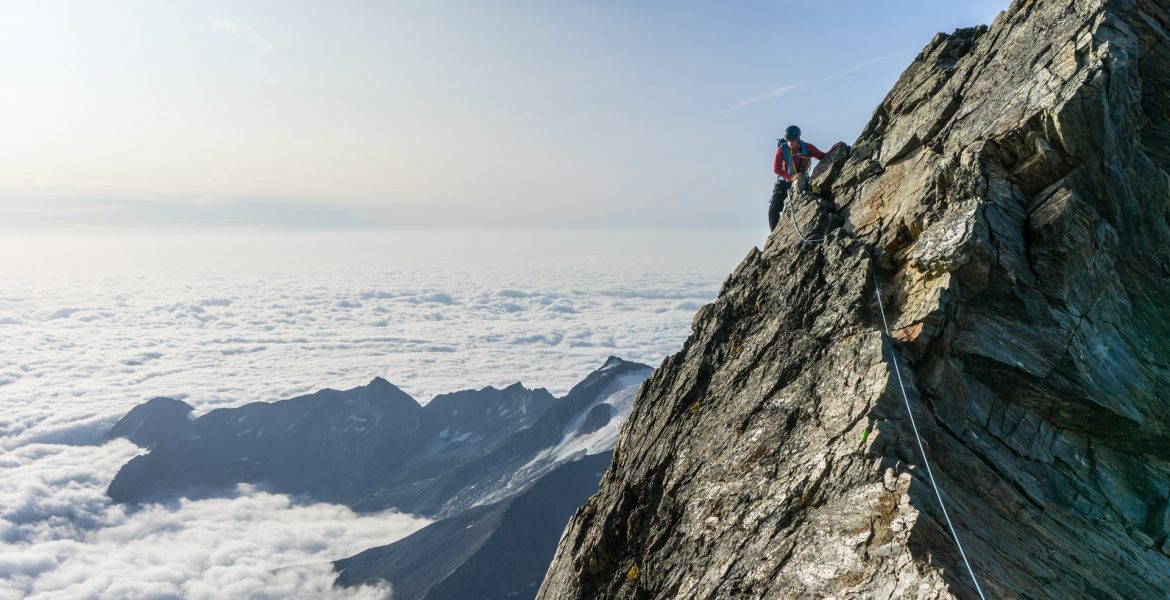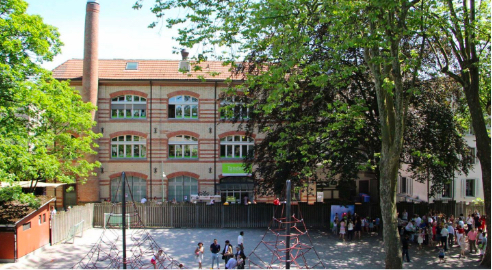There’s no place better for adventures in nature than Switzerland, and rock climbing is one of these once-in-a-lifetime experiences. If you want to break the monotony of your everyday life and fill up with adrenaline, you’ve come to the right place. The breezy mountains, the warm valleys, and astonishing sunsets make for the perfect backdrop for rock climbing trips.
10 Best Places For Rock Climbing in Switzerland
Is there rock climbing in Switzerland? Switzerland is a wonderful country full of mountains waiting to be climbed, and deciding where to go to do it is a complicated task. Choosing the best places for rock climbing in Switzerland is not as easy as it looks. Lucky for you, we’ve got a list of the best Swiss climbing locations, from the mighty Matterhorn to the majestic Magic Wood.
Matterhorn
Matterhorn is one of the most recognized mountains in Europe, with its near-perfect pyramid serving as a defining landmark.
The Matterhorn is immensely physical, and those who want to climb it must be in excellent physical condition. This mountain provides a technical alpine climb, whether you choose to do it in rock, snow, or ice. It requires previous experience in rock climbing and climbers to be comfortable on steep terrain.
It has routes that attract many visitors each year, especially during winter. Overall, it’s a picturesque and breathtaking place if you’re not scared to look around when you’re high up climbing.
Chironico
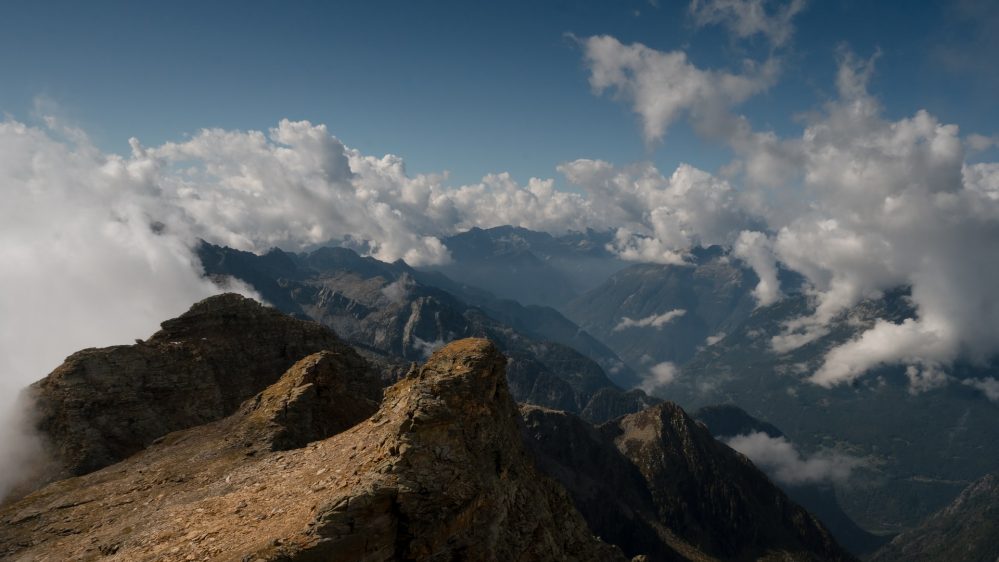 Chironico is a popular rock climbing area in Switzerland and Europe. It’s a must-visit location in the country due to its more than 2000 specific climbing routes surrounded by an astonishing alpine landscape.
Chironico is a popular rock climbing area in Switzerland and Europe. It’s a must-visit location in the country due to its more than 2000 specific climbing routes surrounded by an astonishing alpine landscape.
The rock you’ll be climbing on is of excellent quality and has good friction, foot holds, and overhangs for a more effortless climbing experience. There are routes for all skill levels, from beginners to more advanced climbers. The terrain is flat, and the paths make it easy to move around in the area.
Chironico is excellent for families with kids, as the routes are not too high, and the ground is usually safe for the little ones to run around. The best seasons to visit Chironico are in spring and autumn, mainly because that’s when the temperatures are good enough for hanging out and low enough for good friction.
Jungfrau
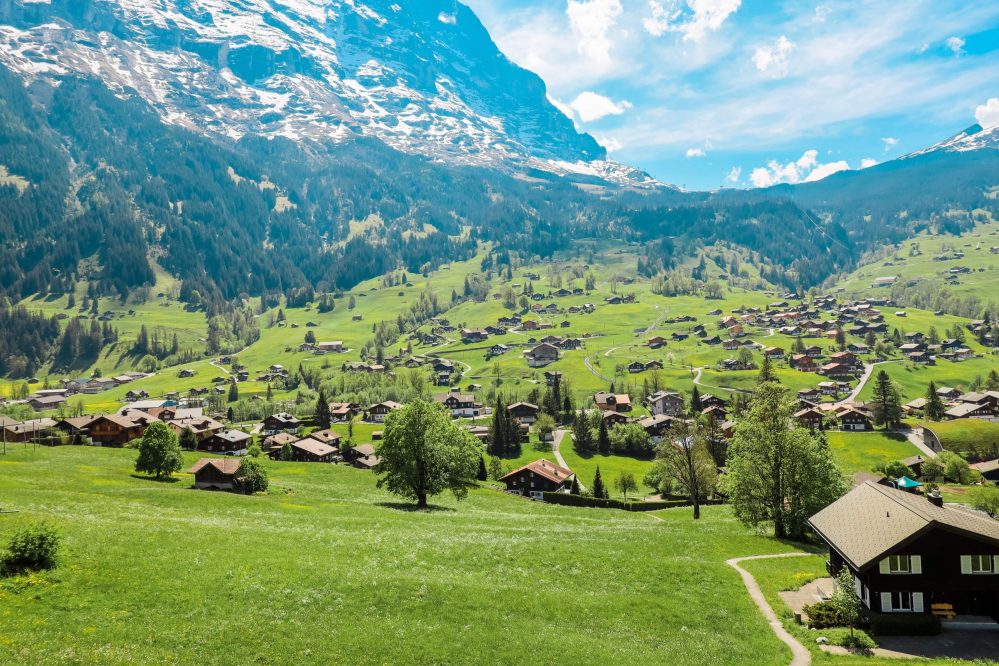 Jungfrau is one of the most visited peaks in the Swiss Alps and has become a thrilling objective for both climbers and tourists. It’s located in the Bernese Alps and is known as the ‘Top of Europe,’ rising about 3,000 meters from the valley.
Jungfrau is one of the most visited peaks in the Swiss Alps and has become a thrilling objective for both climbers and tourists. It’s located in the Bernese Alps and is known as the ‘Top of Europe,’ rising about 3,000 meters from the valley.
The Jungfrau is an adventure taken on by fearless mountaineers, offering plenty of climbing opportunities on ice and rock. Not only is it challenging, but it also boasts some of the most outstanding views in Switzerland, including the towns of Interlaken, Lauterbrunnen, and Grindelwald.
Overall, it’s an unforgettable climb that will cast a spell on you and make you fall in love with the impressive peaks and the clear blue skies above your head. This classic climb is easily accessible by the Jungfraujoch railroad station, where you’ll enjoy an ice palace and a chocolate shop after being done climbing. With the weather being unpredictable that high up, it’s always a good idea to bring warm clothes.
Cresciano
Cresciano offers a broad range of climbing routes with versatility that serves the needs of beginners and the most advanced climbers in Europe. The rock climbing area is on the mountain hill near Cresciano village.
There’s a path that connects all the sectors, so navigation from one route to another is easy. By simply walking through the green forest on the hill, you’ll see that it is filled with boulders ready to be climbed on.
The rock is high-quality granite, and each route offers crimps, slopers, incuts, roofs, and overhangs, with some vertical climbing and slabs. Some routes go pretty high up, making the landing a bit tricky. It’s nice to have some crash pads that’ll get you out of unwanted situations.
Cresciano is easily climbed all year round, but the best overall seasons are spring and autumn when it’s not too hot or cold.
Brione
Although the climbing area of Brione is relatively small, it has a high concentration of world-class rock climbing routes. The site is mainly frequented by experienced climbers that want to climb internationally famous boulders. However, plenty of climbs are easy enough for those just starting, and the location will soon become increasingly busier.
To enjoy Brione to the fullest, it’s advisable to train hard beforehand. Most classic climbs are complex, and although that doesn’t mean you shouldn’t visit, be prepared to pick and choose your routes more than usual.
Brione can get quite cold during winter, so bring warm clothes, shoes, and gloves to keep your body warm as you climb higher and higher.
Cadarese
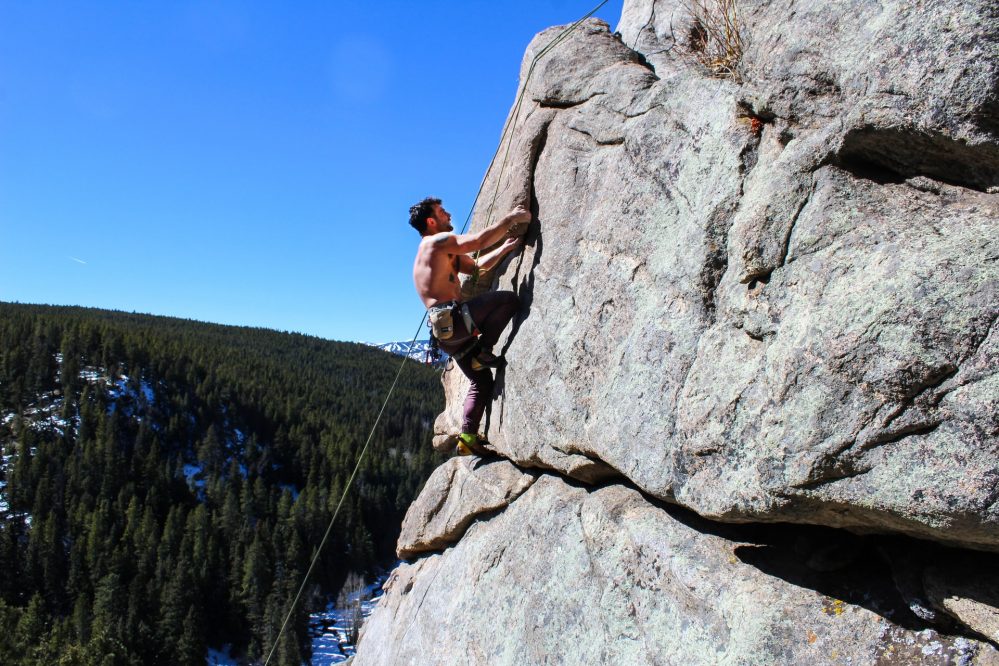 Cadarese is close to the border between Switzerland and Italy and is a significant destination for crack climbing in Europe.
Cadarese is close to the border between Switzerland and Italy and is a significant destination for crack climbing in Europe.
Cadarese is a large climbing venue in central Europe with over 50 cracks, some of which are considered the hardest in the world. A lot of the cracks are bolted, making it easier for those without the traditional gear or high skills to try routes usually climbed only by professionals.
The cliff is of smooth granite, and any route you choose will be of the highest quality. There are three tiers in Cadarese, with some sectors being bolted and some left alone to be climbed traditionally.
Due to the challenging nature of Cadarese, you’ll need to be physically prepared before conquering the route you want.
Magic Wood
Out of all the famous bouldering areas in Switzerland, Magic Wood is the ideal place to climb in the summer when the heat is unbearable anywhere else. It’s located in a forest in the mountains next to a river, where the boulders dry out quickly even if it rains.
The climbing area is compact, with more than 1000 routes in just one km². This means the routes are close to each other, and the steep terrain makes it tough as you climb up. Magic Wood stays cool throughout the year and can be climbed in any weather.
The views in Magic Wood are, well, magical. The panorama is full of snow-capped peaks and soothing meadows on mountainsides. There’s also a river running through that stays very cold even in the summer, if you ever need a refreshing moment.
It’s open from May to October because before or after, there’s always the risk of snow.
Jura Mountains
The Jura Mountains are a mountain range in northern Switzerland where rock climbing is done mostly on limestone rock and granite crags.
Although all the routes are well bolted, some still require traditional gear to be completed. The Jura Mountains offer lower altitude climbing than Switzerland’s central alpine regions, making this area the ideal destination if the weather is bad in the mountains and elsewhere.
There are around 50 routes in Jura that vary in difficulty from very easy to the very hardest. The compact nature of the rock in this area makes some climbs more difficult, so be careful when choosing.
It’s always good to check the route’s grade, which shows you an approximate estimation of the skill level needed to complete it.
Jura can be climbed all year round, but be careful of changing weather which may ruin your trip.
The Bernese Highlands
What is the best rock climbing spot in the world? Even though every location in Switzerland provides a great rock climbing experience, the country’s largest and most renowned area is probably the Bernese Highlands.
The Bernese Highlands, or Oberland as it’s otherwise called, is right in the center of Switzerland and easily accessible from anywhere. It’s full of fascinating views that will dazzle you even on your third or fourth visit.
The adventurous routes in this location tend to sway more towards traditional alpine-style routes, but there are also bolted and well-protected routes for those with less experience. The rocks can be anything your heart desires, from limestone to granite to gneiss.
The Bernese Highlands is divided into three smaller regions: Engelhorner, with limestone rock that offers breathtaking routes and fabulous views of the valley below; Grimsel, with granite routes made for the more traditional climbers; and Susten, which has routes for all levels, even little kids who want to play around.
Oeschinen Lake
 While we’re still in the Bernese Highlands, it’s hard not to talk about the beautiful Oeschinen Lake. It’s located in a stunning alpine mountain valley, covered with several mountain creeks that look straight out of a dream.
While we’re still in the Bernese Highlands, it’s hard not to talk about the beautiful Oeschinen Lake. It’s located in a stunning alpine mountain valley, covered with several mountain creeks that look straight out of a dream.
Beginners in rock climbing may find the routes near the lake difficult because of the steep and narrow climb. If you climb them, however, you’ll be rewarded with amazing views of glaciers, the Alps, the lake, and everything your eye can see.
And remember, check the weather before arriving and have your gear safe and ready.
How to Prepare For Rock Climbing in Switzerland
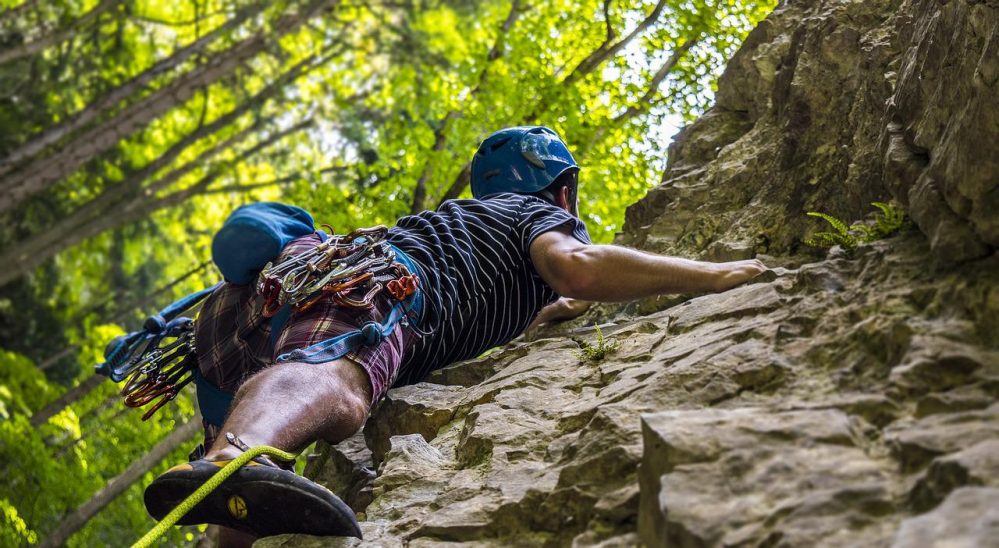 Mountain climbing activates almost every muscle in your body, as it is one of the most complex activities to take part in. However, if you’re determined enough, you’ll be ready in no time. Here are some tips for better preparation before going climbing.
Mountain climbing activates almost every muscle in your body, as it is one of the most complex activities to take part in. However, if you’re determined enough, you’ll be ready in no time. Here are some tips for better preparation before going climbing.
Train your body
Are the Alps hard to climb? Climbing requires great effort and energy, even more so in Switzerland. Beginners, especially, must take proper training inside the gym and outside of it that will help them do well during real climbing. You need to develop muscle memory before climbing for faster reflexes and better decision-making when in the moment.
Plan the routes
Understanding and knowing the routes you are going to track is crucial to having a good experience. Make sure you memorize the exact route before climbing, as visualization will make the climb safer and easier.
Use Technique
As you train for rock climbing, choose smart work over hard work every time. Learn to balance your strength with your technique to get less tired and confused. Understand that sometimes going slow is better than climbing fast.
Stay protected
Climbing the Swiss Alps is dangerous no matter how high you go, so protection is a must. Without proper protection, you’ll constantly risk falling and damaging parts of your body. So, talk to professionals and check out the best possible gear for your routes before starting the climb.
Go for it
If you truly want to climb rocks in Switzerland, you will probably never be fully prepared. So, don’t overthink it and scare yourself out of doing it. If you feel physically fit and have the gear for protection, just do it and enjoy the view once you’re up there.
The Bottom Line
As we’ve seen, Switzerland has endless destinations where people from around the world visit specifically for rock climbing. It offers routes for all skill levels in any part of the country, in different environments, and at different altitudes. It is truly a heaven for experienced rock climbers and those who need something different in their lives.
Short distances between routes and infinite possibilities for climbing make Switzerland a haven for rock climbing in Europe, so prepare your body and mind for the most incredible adventure of your life.

